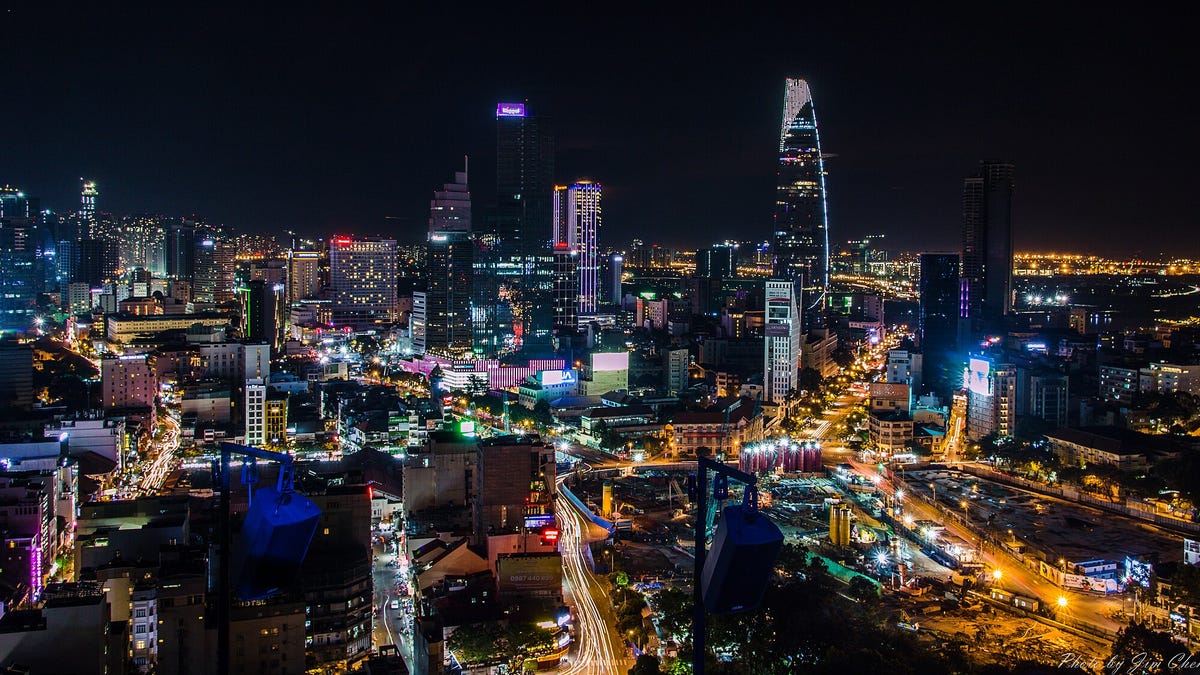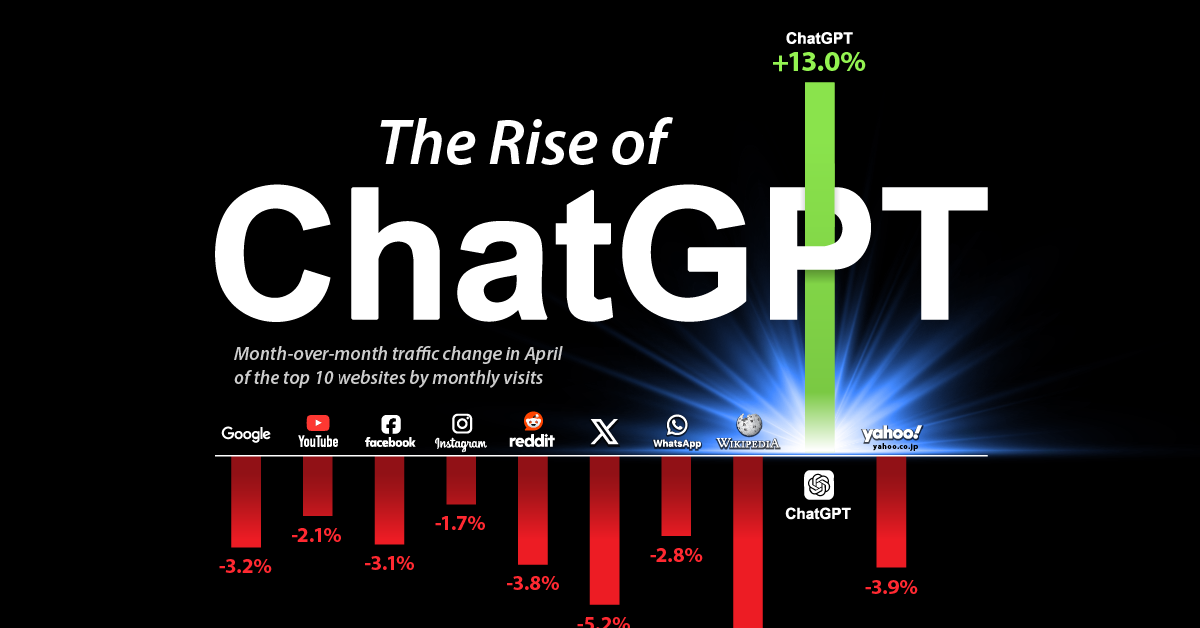- Arvind's Newsletter
- Posts
- Arvind's Newsletter
Arvind's Newsletter
Issue No. #1120
1.Brookfield Asset Management expects India assets to swell to $100 billion in five years: Mint
Brookfield Asset Management expects its India portfolio to expand to $100 billion over the next five years, surpassing the growth rate of its global assets, a senior executive said.
Connor Teskey, president, Brookfield Asset Management, told reporters he expects the global portfolio to more than double in five years.
In India, its assets under management (AUM) are at $30 billion, which Teskey said he expects to reach $100 billion. This implies a faster growth rate of assets than the overall portfolio. While a majority of this expansion would come through inorganic means, the overall growth would be a mix of that and additional investments.
2.Fitch upgrades India's medium-term growth outlook to 6.4% till FY26: Business Standard
Fitch Ratings on Thursday revised India’s medium-term GDP growth potential till FY2026 upwards to 6.4 per cent, from its earlier projection of 6.2 per cent.
“We have increased potential growth in India by 0.2pp to 6.4 per cent as higher estimates for labour force participation more than offset a lower contribution from labour productivity,” the ratings agency said, while noting that there has been “less pandemic scarring in India”.
3.India’s private sector growth accelerates in May, led by services: HSBC Flash PMI: Mint
India’s private sector gained momentum in May, led by a sharp acceleration in services activity, as strong demand from both domestic and international markets drove business expansion and hiring, according to the HSBC Flash India PMI survey released Thursday.
Compiled by S&P Global, the survey also signalled a revival in business confidence, the first uptick since January.
The HSBC Flash India Composite Output Index, which captures activity across both manufacturing and services, is estimated to have risen to 61.2 in May from 59.7 in April, indicating robust expansion. A reading above 50 denotes growth, and the index has now remained in expansion territory for over three years.
4.OpenAI is expanding its empire.
OpenAI is acquiring io, an AI device startup started by former Apple design chief Jony Ive and OpenAI CEO Sam Altman, for close to $6.5 billion. The news confirms The Information’s report last month that OpenAI was considering buying the startup.
The startup’s 55 employees will join OpenAI, while Ive will take charge of creative and design at OpenAI. But Ive won’t become an OpenAI employee. Instead, Ive’s design firm, LoveFrom, will remain independent from OpenAI. The collaboration signals OpenAI’s desire to develop AI-powered consumer devices.
OpenAI already owned a 23% stake in io, due to an agreement signed in the fourth quarter of last year, the person with knowledge said. To buy out the rest, OpenAI is paying $5 billion in equity.
The British-born designer worked with Steve Jobs to craft the look and feel of the iPhone, in addition to the iPod, iPad and Apple Watch. Apple shares dropped in a sign that the new tie-up may present another hurdle for the tech giant.
5.Wildfires drove a record loss of the world’s forests in 2024.
In tropical regions, fire became the biggest cause of forest loss for the first time since records began, ahead of logging, agriculture, and mining. Brazil saw the greatest losses — 10,000 square miles , or 42% of the total area lost— a World Resources Institute report found.
Some countries, including Indonesia and Malaysia, had success at stemming deforestation, but overall 17 of the 20 most forested countries saw greater losses than in 2021, when a global deal to protect woodland was signed. Changing rainfall patterns driven by climate change are leaving large areas of forest vulnerable to fire: A researcher called it “frightening.”
6.The Trump Family’s Money-Making Machine: Bloomberg
The way Donald Trump sees it, he’s the greatest businessman to campaign for the White House.
“I’m the most successful person ever to run,” he told an Iowa reporter in 2015. “I have a Gucci store that’s worth more than Romney.”
That might have been an exaggeration, but this isn’t: A decade later, no modern American president has positioned his family to make so much money while in the White House. Already, since the early days of his reelection campaign, he’s more than doubled his net worth to about $5.4 billion.
In that time, the Trump name has powered more than $10 billion of real estate projects, a multibillion-dollar valuation for his money-losing social-media company, more than $500 million in sales from just one of his crypto ventures and millions of dollars more from stakes in companies that offer financial services, guns and drone parts. Family members have also scored an array of corporate positions — at least seven new roles as an adviser or executive for his oldest son, Donald Trump Jr., alone.
Compared with the tumult of the presidency, the empire’s approach is consistent and clear: Sell the family name. In any other era, this scale of presidential moneymaking would threaten to be the story of the year, but political uproar has hogged most of the attention.
7.BYD sells more electric vehicles in Europe than Tesla for first time: Financial Times
BYD has sold more electric vehicles in Europe than Tesla for the first time, marking a breakthrough for the Chinese group’s efforts to expand into overseas markets. BYD registered 7,231 fully electric cars in Europe last month compared with 7,165 registrations for Tesla, according to Jato Dynamics, the automotive data intelligence firm. Tesla’s monthly volume was down 49 per cent year-on-year, while BYD reported a 169 per cent jump.
The Chinese group’s registrations including plug-in hybrids soared 359 per cent. The Chinese group’s aggressive expansion into Europe has coincided with a slump in sales for Tesla due to its ageing product portfolio and a backlash to Musk’s intervention into regional politics.
8.Why Substack will be the intellectual engine of the 21st century: Big Think
The following is an instalment from Peter Leyden’s “The Great Progression: 2025 to 2050,” an essay series published on Substack and Freethink.
The series roughs out a new grand narrative of our historic opportunity to harness AI and other transformative technologies to drive progress, reinvent America, and make a much better world.
In this op-ed, Leyden argues that Substack, like the Royal Society during the Enlightenment, could become the hub where a new generation of independent thinkers helps design the future.
9.Bruce Springsteen Releases Live EP, Including His Anti-Trump Speeches: Variety
Bruce Springsteen, who has been fiercely criticizing the Trump Administration on a nightly basis on his European tour with the E Street Band, will release an EP from the opening night of the tour titled “Land of Hope and Dreams.”
Recorded in Manchester, England on May 14, the EP features four songs and two of his introductions to those songs, which were fiery enough to provoke the ire of President Trump himself who first insulted Springsteen (shortly after insulting Taylor Swift) on his Truth Social platform, and then called for a federal investigation into baseless rumours about whether Springsteen and several others were paid to appear at fund-raisers for Democratic presidential candidate Kamala Harris.
10.ChatGPT's Rising Traffic vs. Popular Websites
As the most popular AI chatbot, ChatGPT has become a sticky, integral tool that people use daily for simple inquiries and complex tasks.
Consequently, the ChatGPT website is seeing a surge in traffic. In April of 2025, the site reached 5.14 billion visits, up 182% from a year ago.
This infographic shows how ChatGPT’s month-over-month change in traffic in April stacks up against the other most popular websites globally, using data from SimilarWeb.
The ChatGPT.com site saw a 13% increase in monthly traffic in April 2025, with features like image generation picking up popularity. OpenAI also released several updates over March and April, improving different GPT models.
Meanwhile, other most-visited websites like Google, YouTube, and Facebook all saw their monthly traffic decline in April.
Wikipedia saw the sharpest fall at -6.1%, potentially signaling a slowdown in research activity or competition from AI-powered tools like ChatGPT. Social media site X.com (formerly Twitter) followed with a -5.2% change in monthly traffic.










